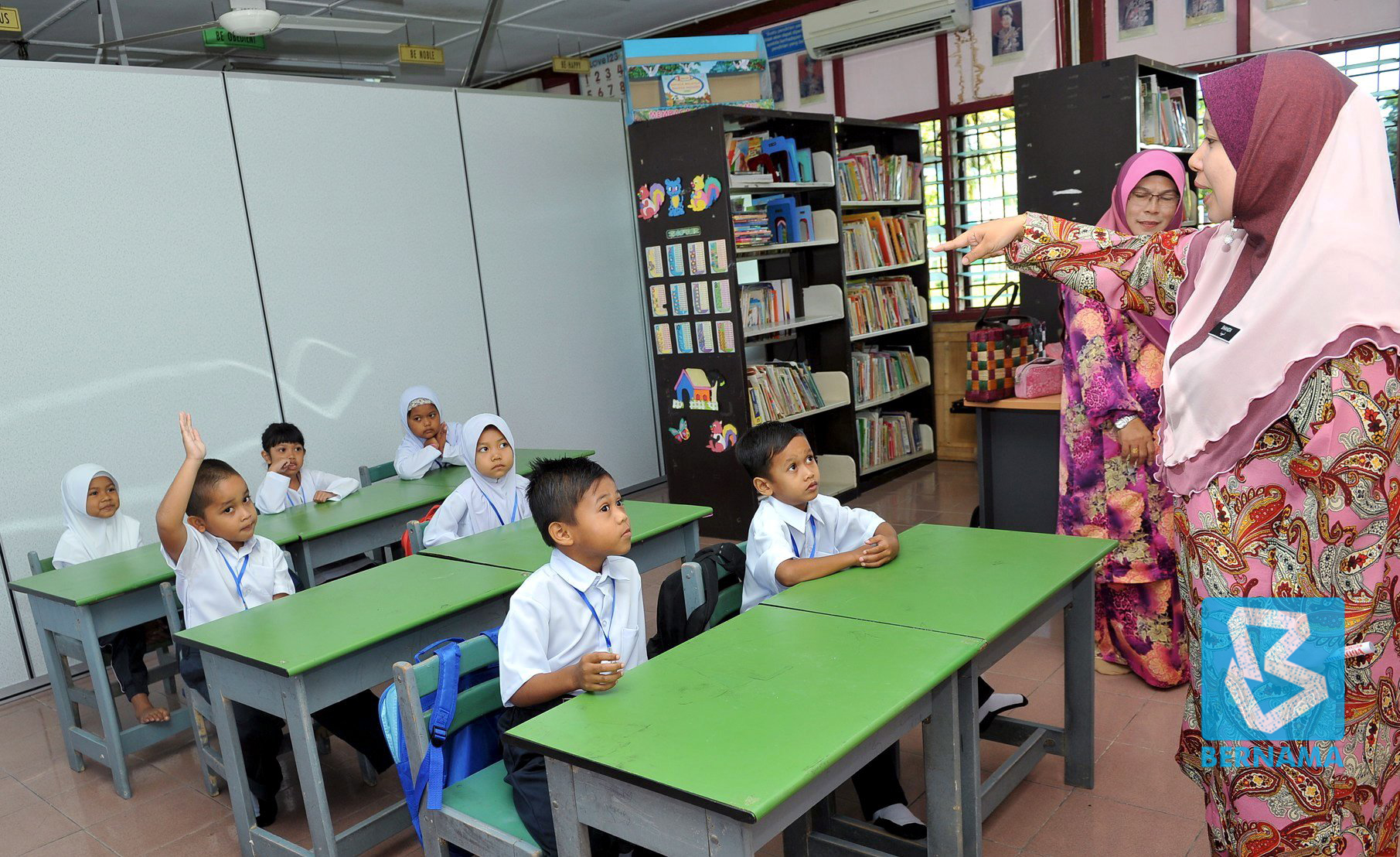
Photo for illustration purposes only. — Bernama photo
MIRI (June 27): A total of 839 primary schools in Sarawak are classified as low enrolment schools (SKM), said Fadhlina Sidek.
The Education Minister said from that figure, 58 SKM are in the rural Baram parliamentary constituency.
As of March 31 this year, she said the Ministry of Education has classified 3,062 primary schools nationwide under this category.
“The ministry defines SKM as those schools with a population of 150 pupils and below,” she said.
This figure excludes special education, Orang Asli, special model schools, and government aided religious schools.
Fadhlina said this in her parliamentary reply to Baram MP Datuk Anyi Ngau, who had asked about the number of SKM nationwide, in Sarawak, and his constituency, as well as the ministry’s plans for such schools, particularly in rural and remote locations.
Citing the SKM Roadmap, the minister said the strategies include combining classes, merging schools, transferring or relocating SKM, and retaining SKM based on needs.
“Implementation of combined class with teaching and multigrade learning is implemented by merging Primary 2 with Primary 3, and Primary 4 with Primary 5 classes for a school with enrolment of 30 students and below.
“The school merger strategy is implemented by combining two or more schools of the same type within 5km in the district,” she said.
She pointed out this required the written consent of most parents or guardians.
However, she said this approach will not be implemented for SKM in rural areas and islands to ensure the continuity of education for students who live in these locations.
The ministry would only approve relocation to an area with a high population if there is a new site available and written consent has been given by most students or guardians, she said.
Fadhlina said the SKM Roadmap seeks to address the issue and optimise educational resources for the benefit of students.
She pledged the ministry would continue to examine the best approach to meet the aspirations of the education system related to access, equity, and quality implemented in all educational institutions.
